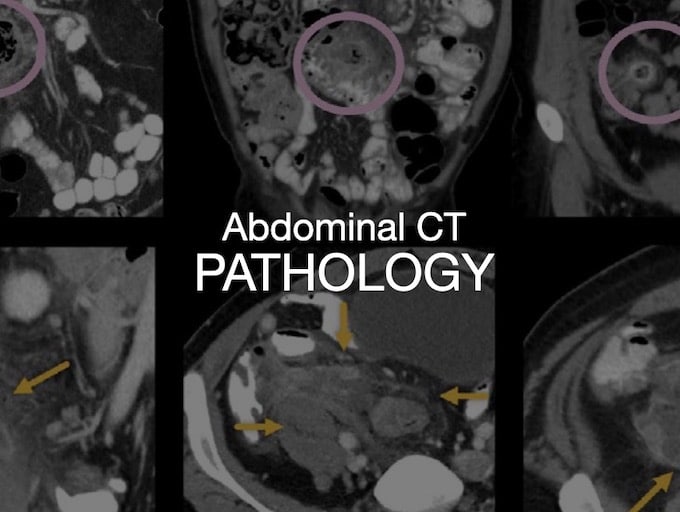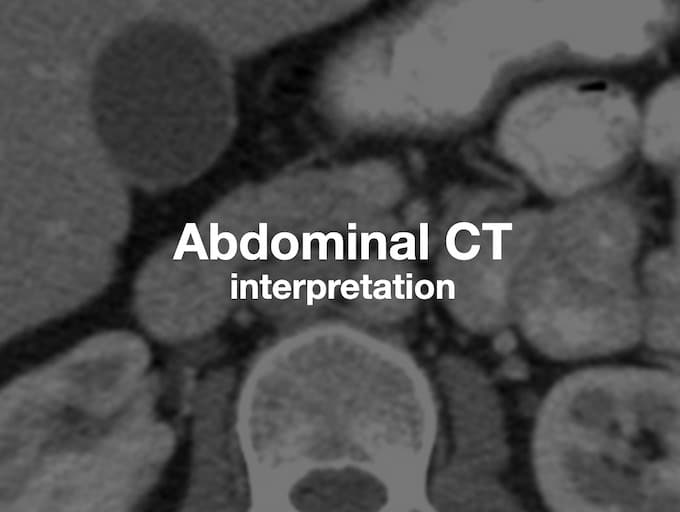
Abdominal CT: peptic ulcer disease
Abdominal CT: peptic ulcer disease. Recognising peptic ulcer disease and key CT findings to increase radiological suspicion

Abdominal CT: peptic ulcer disease. Recognising peptic ulcer disease and key CT findings to increase radiological suspicion

Abdominal CT: enteritis and colitis. Identifying enteritis and colitis, we review the most common presentations of gastrointestinal tract inflammation

Abdominal CT: closed loop obstruction. Identifying closed loop small bowel obstruction from adhesions, hernia or volvulus

Abdominal CT: small bowel obstruction. Diagnosing small bowel obstruction examining bowel dilatation, transition point and faecalisation

Abdominal CT: appendicitis. Identifying acute appendicitis, perforated appendix and abscess formation

Many cancer staging studies are performed with a single portal venous phase examination. However, there are several cancers that require multiphasic exams

To make sense of CT exams, we need to understand what happens after we inject IV contrast and how it results in tailored CT examinations

Abdominal CT: Windows advanced. How do I adjust the window settings to evaluate ANY structure?

Abdominal CT: Windows basics. Changing the window settings and reviewing soft tissue, bone, and lung windows

Abdominal CT: Measuring attenuation. We can use attenuation to interrogate the images for fluid, masses and fatty infiltration

Abdominal CT: Planes. How is CT different from X-ray? What are the Computed Tomography planes - axial, coronal, and sagittal

Abdominal CT: Common Terms used to describe pathology seen on CT images. Including thickened, fat stranding and fluid